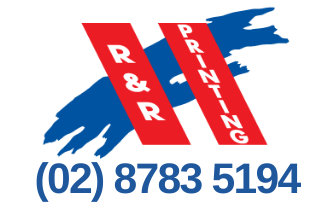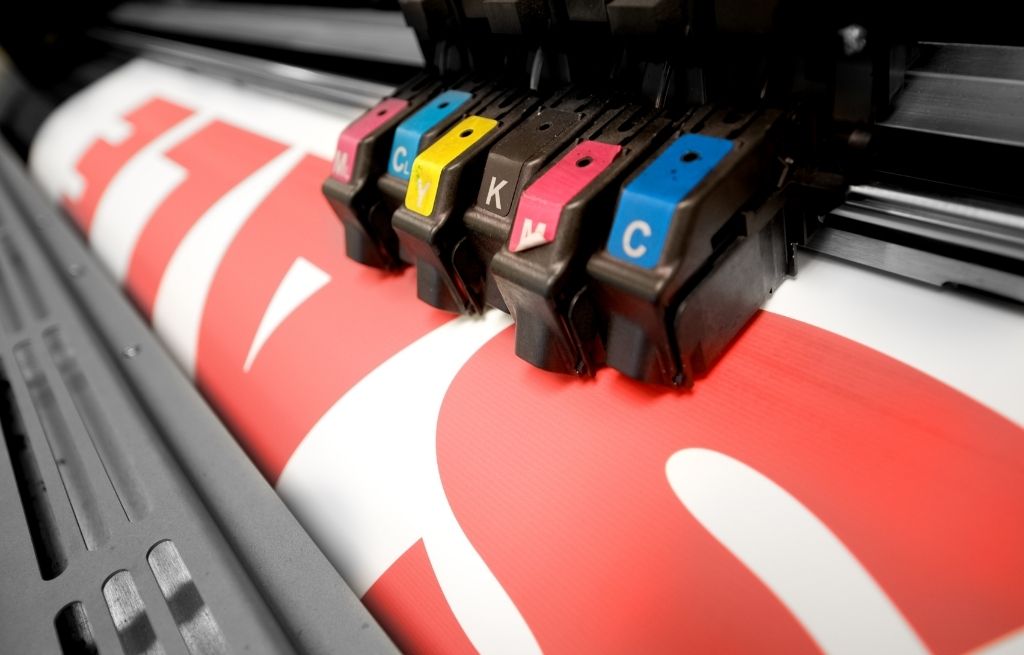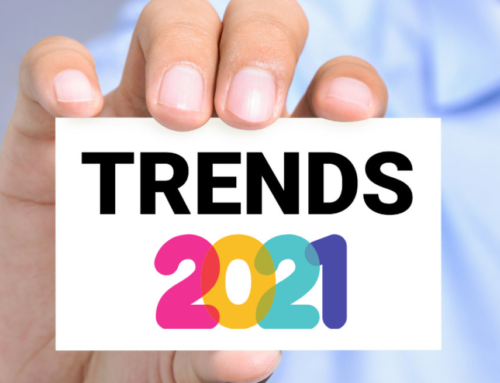Digital marketing is cheap, measurable and instantly controllable, so why would marketers and marketing agencies turn to print? We believe print marketing is still a highly effective part of the marketing mix – when it’s used in the right way and at the right time.
The Covid effect
The pandemic changed marketing overnight. Suddenly there were no commuters to engage with billboards and tube station ads, no shoppers to stop in their tracks with POS and in-store leaflets. Marketing was most effective in the home – as more people than ever were working from there. As a result, media that reaches people in their homes became king – with social media and television at the forefront.
But as bingeing-watching and scrolling became boring, print marketing got more engaging. According to MarketReach, part of the Royal Mail Group, “During the first lockdown, a record 96% of mail was engaged with. Frequency of exposure to mail was at its highest, and online behaviour driven by mail, increased by 70%”. What’s more, the biggest rise in engagement came from people aged 18 – 34.
The future of print
The cynical marketer will see print popularity as a Covid trend, which will phase out if life returns to ‘normal’. However, print marketing is the punch that your key campaigns need to break through the digital marketing noise. Just like digital marketing, print can be highly targeted, achieves strong conversion rates and has the impact to build lasting impressions in consumer’s memories. A beautiful brochure printed on thick stock with incredible images and a wonderful story to tell makes a lasting brand statement when it lands on the door mat.
3 reasons why print marketing can be a key part of your marketing mix
- 87% of people describe mail as “believable” and is the second most trusted channel with Gen Z after Search. Marketers can maximise print targeting by incorporating the latest data on audiences into CRM systems, so the right person receives the right message!
- Newspaper and magazine ads have evolved and stay relevant by working alongside digital channels to cut through the noise. Marketers can now apply mobile image recognition to make traditional media shoppable and interactive. So that media owners and brands can seamlessly connect offline media with digital.
- The way we consume media, and the way brands build trust and drive customer action, has changed. Print marketing can deliver more focused attention and a creatively designed piece of mail with a strong call to action. Will make people curious and strengthen brand building. It’s about taking your top-performing digital pieces (e.g. blog posts) and editing them for print publication. Reading brand promises in writing is stronger than seeing them for 10 seconds while tapping an app.
Marketers can build on this with personalised mail messages, creating a really strong connection between the customer and the brand. No one is saying digital channels aren’t vital for businesses, but as consumers become more savvy a brand’s marketing needs.
It’s worth remembering that when printing, you need to ensure you find an authentic way to show your sustainability credentials.
Change is a constant and consumers continue to become more savvy with higher expectations of brands. It’s a given that they expect to receive relevant marketing to the channel that best suits them and they will move from online to print to online and back again!







Leave A Comment